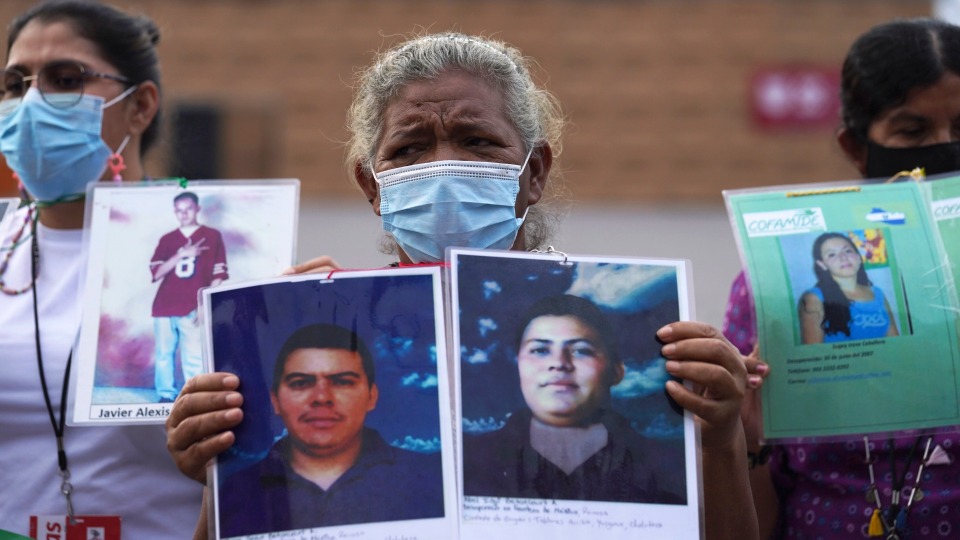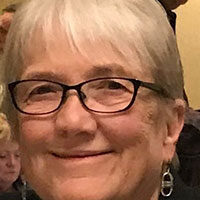
Currently, the world is witnessing the fleeing of people, on foot, in cars on roadways, and packed into trains from Ukraine. It’s impossible to ignore. Some are finding safe haven in other countries with friends, relatives, and accommodations generously paid for by others. Rescue organizations are dealing as best possible with the monumental problems such conflicts create. The toll this war will take on the people made into refugees has yet to be fully realized, but one thing is certain: None of these people will ever be the same.
And most of the refugees in the Ukraine war are women and children.
Over the past one hundred years and more, civilian fatalities during wars have risen. One study claims that civilians made up 5% of war deaths at the turn of the 19th century, 15% during World War I, 65% by the end of World War II, and more than 90% in the wars during the 1990s. While these numbers are in dispute, what is clear is that women are more often than not civilians. It’s true that during wars more men than women and children die from direct conflict. However, women and children are the majority of all victims. And during post-conflict periods after a war is officially declared over, more women than men die.

More and more women are being affected by conflict, and for several reasons, including increased population size, more conflicts in urban areas, and an increased number of conflicts overall. In 2017, according to the Lancet, “at least 630 million women and children—10% of women and 16% of children worldwide—were either displaced by conflict or resided dangerously close to armed conflict events.”
Gender-based violence increases in all wars. During wars, displaced women and children are always among the disinherited, impoverished survivors. Without intact communities, both women and children are at risk for rape and sexual exploitation, not to mention homelessness (which increases their vulnerability to violence) and starvation.
The death of a spouse in wartime, usually the father, leads to a disproportionate number of single-parent households, which leads to lower incomes, social problems, increased stress, interruptions in education, and problems finding child care. These problems extend well into the future and for generations to come.
When men are at war, women become the sole leaders of households. They also become the sole conservators of their families and communities. Women have to take responsibility for rebuilding the economies they are a part of. Somewhere, sometime, somehow, women and others not directly involved in combat have to find a time and place to mourn. Those who don’t or can’t mourn can never resolve the losses they have sustained. In the midst of war, people exist, and only exist; life is in no way as it should be. The only solution is to find ways to build peace.
It must be recognized that Black and brown people who live in warring countries, or try to escape them, do not receive the coverage afforded to wars that take place in white-majority countries. For example, news coverage of other wars going on in the world right now has not been nearly as sympathetic as the coverage has been for Ukraine. Going further, there has been the very unsympathetic, even hostile media coverage of refugees crossing the southern border into the U.S. to escape deadly conflicts in their home countries in Central and South America and Africa.

The United Nations now recognizes the gendered aspects of both conflict and peace. It has recognized women’s and men’s experiences of each are different. Post-conflict reconstruction and peace-building must include women. United Nations Resolution 1325, adopted in 2000, acknowledged the impact conflict has on women and girls while calling for women to be present at and included in peace talks and in peace-building efforts.
It has been proven that when women are at the negotiating table, a lasting peace is more likely to be the result. A study of 40 peace processes between 1989 and 2014 showed that when women’s organizations strongly influenced the negotiations, agreements were more likely to be reached and implemented than when they “exercised weak or no influence.” This was true in countries like the Democratic Republic of Congo, Kenya, and Northern Ireland.
We need look no further than our own communities in the U.S. to discover that women’s participation in political life is crucial. Women are heading voter registration drives and get-out-the-vote efforts. As highly effective community and peacebuilders, moms have initiated anti-gang and gun control movements. Women can be found in any number of organizations—civic, educational, infrastructure improvement, as well as looking out for the less fortunate as ways of building better communities.

These “women’s” activities are assets to communities, nations, and the world. They are often unrecognized and overshadowed by the glorification of war by warmongers, imperialists, and the military-industrial complex. Women, many of them Communists, have over the years formed the backbone of many anti-war organizations, such as Women Strike for Peace and the Women’s International League for Peace and Freedom.
Women derive from almost all their activities universal skills—like talking out problems and cooperating to solve them—to build political power. In fact, there are few activities that do not build strong women who are intent on creating better communities and a better world. There’s no reason these women shouldn’t be at the peace table.
Women’s efforts and accomplishments have been trivialized and not always recognized as ground-breaking or a force to be reckoned with, a force that will lead to change and a better world—yet!
An earlier version of this article originally appeared at CPUSA.org.










